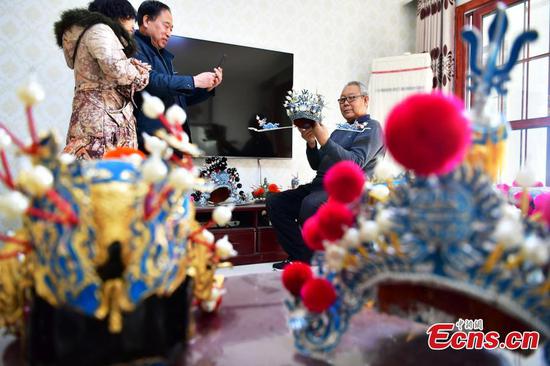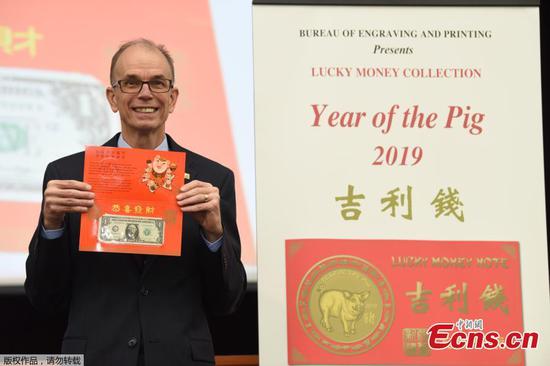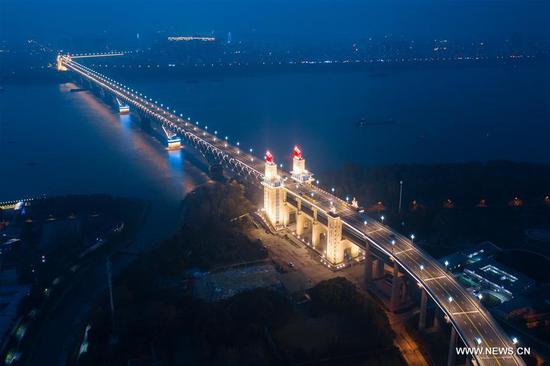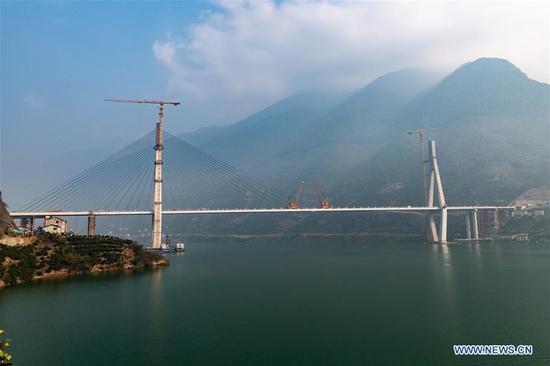Rapid urbanization, country's ability to adapt to changes in markets credited
China played a significant role in global wage growth from 2008 to 2017, helping the average wage to rise by 22 percent, compared with just 13 percent if the country is excluded, according to a report by the International Labor Organization.
Experts attributed China's influence on wages to the country's steady economic growth and its changing growth drivers.
According to the new report, which was based on data from 136 countries, the annual average global real wage in 2017 grew by 1.8 percent year-on-year, the lowest rate since 2008. The growth rate in 2016 was 2.4 percent.
The report again suggested China was a significant factor. Without China, the average real global wage increased 1.1 percent last year.
"China contributed to the global wage growth," said Su Zhongxing, dean of Human Resources Management at Renmin University of China. "China has a large labor population. What's more, its wages grew rapidly in recent years. These factors obviously will help the world's average wage rise."
Xu Ding, an ILO economist for wage and labor relations and one of the report's authors, said changes in China's mode of economic development also contributed.
"The economy in China has been growing steadily over the last decade, despite the fact that the main drivers of growth have been shifting to different sectors," he said. "All of them have translated into high levels of employment and an increase in real wages."
According to the National Bureau of Statistics, 33 percent of China's employees worked in tertiary industries in 2008, compared with 45 percent-or more than 349 million people-in 2017.
During the period, China's average wage increased by 8.2 percent annually in the decade, much higher than the global growth rate, according to the ILO report.
Following the same pattern, average real wages nearly doubled in China between 2008 and 2017, even as other G20 countries, including Japan, the United Kingdom and Italy, saw a slower rise and fluctuations.
Xu said China's wages likely remained on an upward trend because the country has adapted well to changing international and domestic markets.
"When international trade slowed down, China promoted its domestic demand and employment in different ways," he said. "Also, in a number of provinces, minimum wage policies were used to foster local economic activity."
He said China's rapid urbanization was another catalyst for wage growth.
"People who were farmers in rural areas now receive salaries in cities, increasing the pace of average wage growth," he said.
The NBS found that 813 million permanent urban residents accounted for 58 percent of the total population in 2017 compared with 47 percent in 2008.


















































